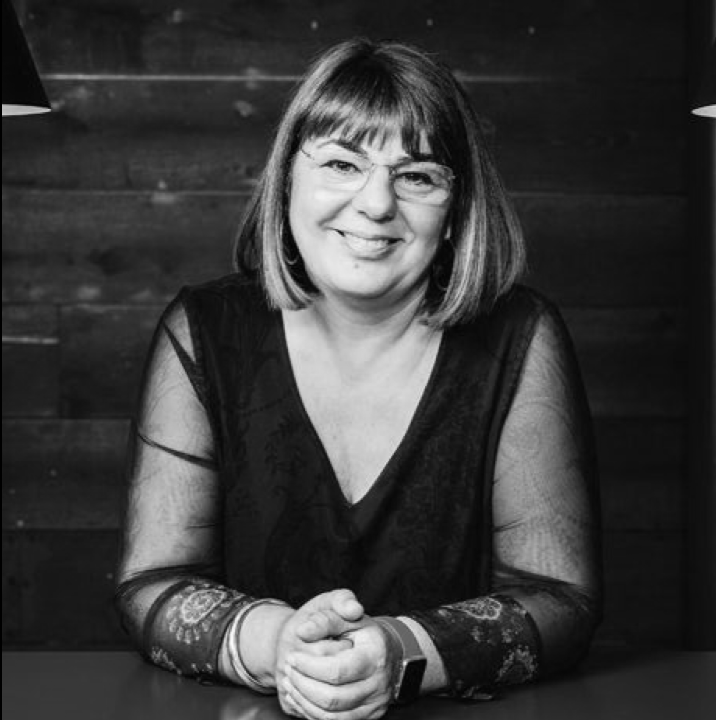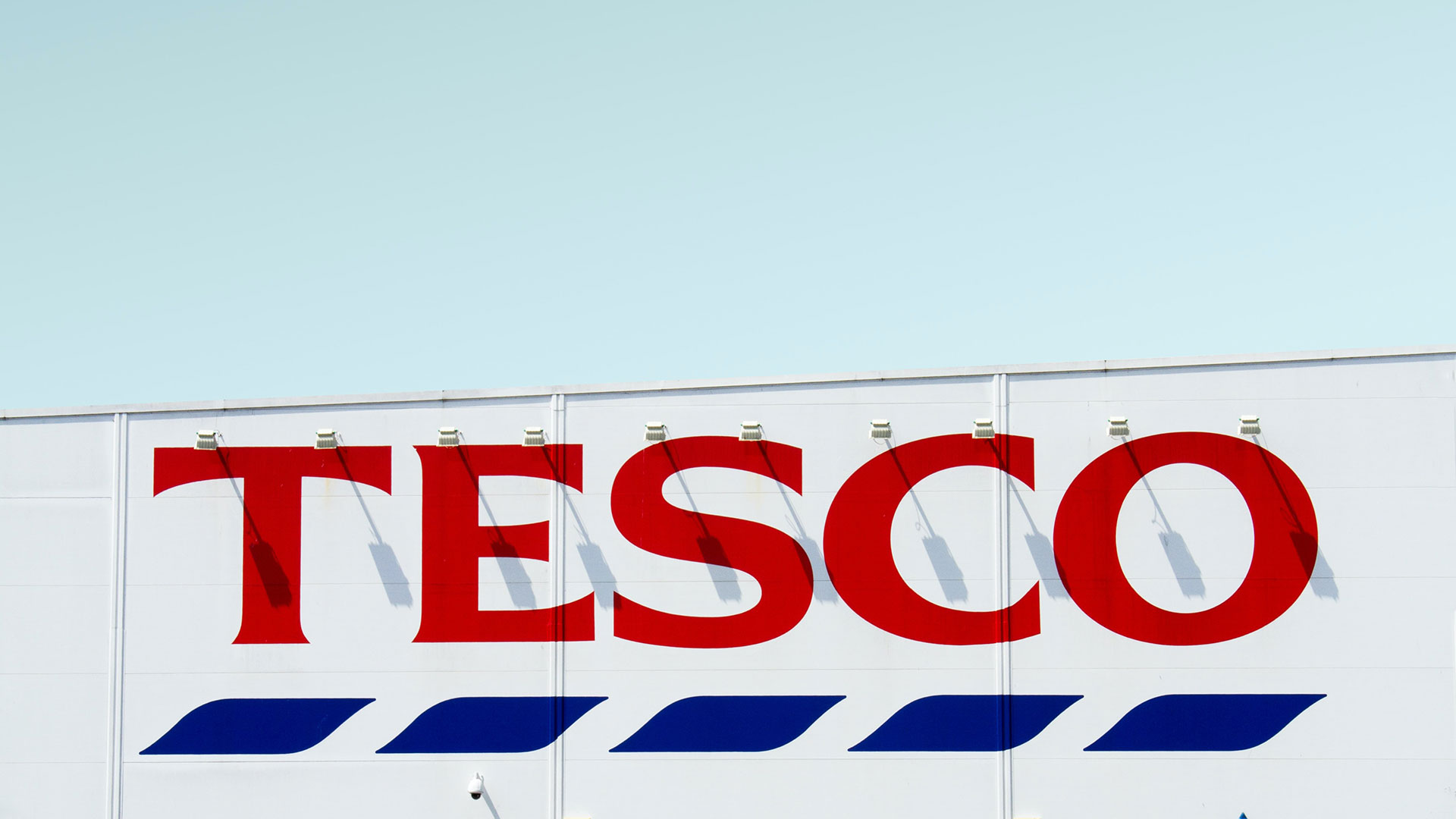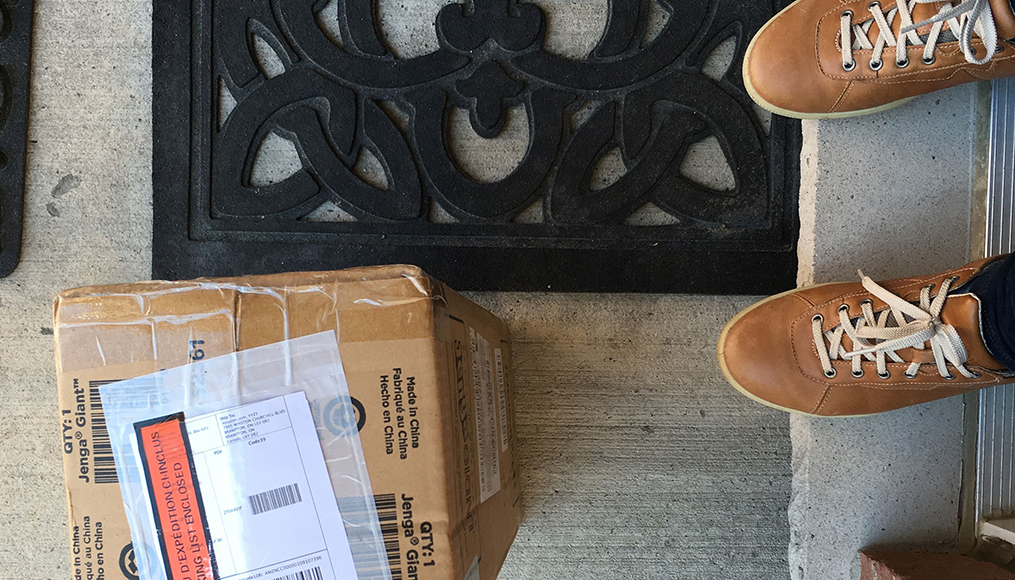Thinking
5 Questions with Alexandra Bellini, Chief Customer Officer, Tesco

Can you tell us about Tesco as a business?
Tesco is a British grocer. It was launched 101 years ago by a guy called Jack Cohen in London. It currently operates in Great Britain and Ireland, in Central Europe and in Asia – Malaysia and Thailand. We have 6,700 stores around the globe and 400,000 colleagues; we serve around 80 million customers every week. I believe we’re the fourth biggest grocery retailer in the world. We have a multi-channel offer, so we do large stores, small stores, neighbourhood stores and online. You joined in 2017 with the title of Chief Customer Officer.

What was that role exactly, and how did you go about making an impact?
In 2014-15 it became evident that Tesco was forgetting what had made it really successful. It was focusing more on chasing margins and profits than its customers’ views and its customers’ needs. And the sad thing was that customers noticed, and that affected the performance of the company as well. This was just before CEO Dave Lewis joined from Unilever, with a specific job of turning around the business. And he immediately thought that the first thing to do was to set out a strategy for the turnaround and identified a very simple truth – what had made Tesco popular was also what could make Tesco come back to its prior success, which was focusing again on the customer.
Very easy to say, quite hard to do. I joined in 2017, two years into that strategy. And I joined, in Dave Lewis’s words, to try and help continue to build a brand and bring the customer voice into the company. We had shared experience at Unilever. So we had a language in common, and the understanding that brands need to be crafted and nourished, and customers need to be listened to and understood. I was puzzled by the job title at first. Why is it different from a chief marketing officer? What’s the difference? The best way I can explain it, and tell you how I went about, is that at Tesco we believe there are three pillars that help Tesco serve its customers a little better every day, which is our company purpose. The first pillar is product. That’s the team that sources ideate, creates, develops, buys and sell products. In other companies you might know it as the commercial team.
But it’s a bit broader than that, because it includes sourcing and creating own brand products as well. The second pillar is the team that we call “channel,” those are the teams that operate the stores, their colleagues that are in the stores and in the online commerce function, and all of the operations that go with that to make sure that those products get to the stores and are available for our customers. And the third pillar is the customer team. These three teams are seen as equally important to be able to serve our shoppers, and the customer team, which is my team, specifically has responsibility to represent the voice of the customers. Really bringing it from the outside in, ranging from insight and foresight to developing products, services, and experiences and propositions to keep the customer front and centre. But at the same time, keeping in mind what the Tesco brand is about and how we can differentiate that proposition in the market.
And those responsibilities in my team range from our own brand portfolio, brand equity management, positioning and strategic pricing and quality setting. We are also responsible for one of the biggest loyalty schemes in the world, our Clubcard. And all the programme of customer relationship management – data mining, personalization and digital relationships with our customers. And we’re responsible for the brand expression of the brand of Tesco as a whole – our stores, our formats, the design of the stores and permanent fixtures to make sure that they build the brand and speak to the customers in the best possible way. Then we’re responsible for developing the more classic ways to tailor customer propositions to seasonal events, like Thanksgiving if we were in the US, and other occasions in the UK from Valentine’s Day to Mother’s Day, and so on. Then finally, all areas of marketing communication.

That’s enormous scope. Can you tell us a couple of milestone things that you’ve done to drive the transformation?
When we looked at the brand’s food architecture, it was clear that strategic positions in terms of pricing and quality had not been as rigorous in more recent years, therefore creating confusion. We had customers who didn’t feel they could trust Tesco, neither on the quality of the food that we were offering, nor on the value that we were offering. And finally, not even in the range that we had. If f I can summarise it, it was almost too much noise. So one of the biggest jobs that we did was to strip out everything that wasn’t core to Tesco regaining an identity.
We knew that quality of fresh food was at a time a key driver of choice for a grocery retailer. However, Tesco had not communicated on its food credentials or passions or anything around food; the last 18 years of activity that was customer-facing had been entirely focused on promotions and deals on price. And that had two consequences. One, that people didn’t really believe in the quality of our food. And the second was that people were really confused about our value offering. When you have a lot of noise, you tend to put your hands over your years, and you care even less.
You know as a marketer that less is more. And that’s where we developed a campaign that was quite a big move for Tesco in 2017, called Food Love Stories. It was the first time in many years that Tesco talked about something that wasn’t its price, or its many promotional promises. And it was quite brave, because it talks about love, from a retailer about food.
It was really a stake in the ground to say we are passionate about food – we care about the food just as much as you do.

What has the business learned about its relationships with consumers through COVID?
The pandemic has been an incredible challenge for all of us, as a human race and as professional colleagues. It was a complete change of everything that we knew. And yet, it was also confirmation of everything that we knew about Tesco, and what makes it great when it works. Speed was really, really important. Retail is normally known for being a very fast-paced business but here we’re talking about minutes, hours and days between a decision and implementation, not weeks. The second really important point was that we had to be on top of what colleagues and customers felt. And just between March and May we had daily customer sentiment from 23,000 customers every day. And we had an amazing dashboard that my team in insight put together where every day by three o’clock, we would know how colleagues felt, what was in the minds of the customers, how they saw and perceived Tesco, what they were expecting us to be better in, or where we were already in a good place. And that really shaped and informed the decisions that we would take that day.
From a leadership perspective, we spent the majority of the time in aligning those decisions on a daily basis, on an hourly basis, then letting everyone else know and getting the machine going. In a business with 300,000 colleagues, that was quite an endeavour. It was tough for all of us, because it was all uncharted waters. But it was also amazing to see how what I call the muscle of the last 100 years at Tesco, that memory muscle, kicked in. People almost instantly knew what was right to do, how we could help our customers and colleagues. The whole business was tested from the perspective of clarity on priorities, clarity on what needed to be done together. And everyone, from their amazing experience and expertise, chipped into do the right thing.
What will continue in the future? Is that becoming clear yet?
If I think about the work that we’re doing to be on top of the customer sentiment, on a daily basis and on a weekly basis, I don’t want to go back to doing it only once a month, or once every three months. We’ve kept what we called the COVID-19 report – we still get it once a week. We never had that before – maybe other people in the team, but not at leadership level. So being on top of understanding what people need, how competitors move, and how we can do a good job, is super important. And I don’t want to lose that. Being fast in our decisions, and being clearer, has also been proven to be something that everybody has very much appreciated, despite the long hours and the hard work and the difficult circumstances.
Best Global Brands 2020: Provide in the decade of Possibility
